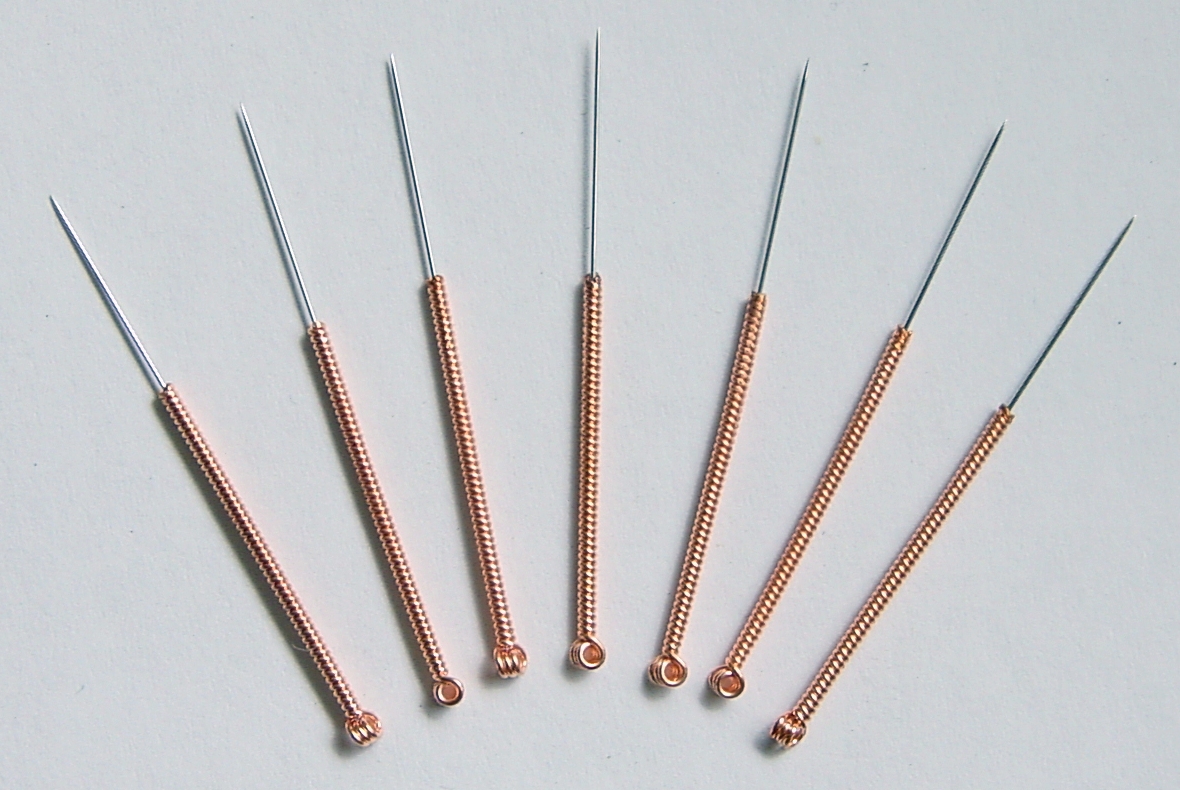
Dry needling is a technique used by Dr. Bert to not only reduce pain, but to also increase the rate of healing for damaged soft tissue and joints. The procedure involves insertion of a very thin filament needle into your muscle directly at the location of your myofascial trigger point. And just what is a myofascial trigger point, you ask? Basically, it is a painful knot in your muscle; it may hurt all the time or it may be only painful when touched. These trigger points can be caused by arthritis, joint problems, poor posture, muscle overload, repetitive motion, or trauma. Pain causes your nerves to become sensitive, and dry needling works to deactivate the “hypersensitive” nerves; when the needle is inserted into the trigger point, a small muscle spasm called a local twitch response occurs to break the cycle of pain.
But does it work? A team of researchers in Florida had the same question, so they conducted a literature review of scientific publications to date, and here’s what they found.
Effects of dry needling have been well documented in the scientific literature. The dry needling technique has been shown to increase muscle activation, circulation, and communication between the nerves and the affected muscle fibers. Since low blood flow seems to correlate with pain intensity, the increased circulation was a benefit. Dry needling in patients with knee osteoarthritis has shown endocrine changes as well, such as increases of endorphins and decreases in cortisol, the stress hormone. The technique has been highly effective in knee osteoarthritis and carpal tunnel syndrome, and the literature shows statistically significant and clinically meaningful improvement in pain caused by peripheral joint arthritis (knees, hips, shoulders, etc.) Furthermore, several recent studies support the use of dry needling to treat tendinopathy because increased blood flow and collagen proliferation have been demonstrated as a result of the procedure. Tendinopathy is thought to be caused by a lack of blood flow and oxygen around the tendon, leading to the painful disability known as tendinopathy. In a study on the Achilles tendon, for example, dry needling caused statistically significant increases in blood flow and oxygen saturation levels.
These studies show immediate improvements in pain and disability by dry needle targeting of trigger points. Long-term studies are needed to determine optimal treatment regimens (e.g. frequency, duration, and intensity of dry needling) for various neuromusculoskeletal conditions, but the vast majority of dry needling trials have left the needles in for between 10 and 30 minute durations. Results are very promising, and dry needling is helpful for a variety of musculoskeletal problems, including back, neck and shoulder pain, tennis and golfer’s elbow, hamstring strains, calf tightness and spasms, plantar fasciitis, and sciatica.
We recommend that you come in to Knoxville Spine and Sports at the first signs of trigger point pain. Call us today and schedule!
http://www.ncbi.nlm.nih.gov/pmc/articles/PMC4117383/
http://www.ncbi.nlm.nih.gov/pubmed/27525185

430 Montbrook Lane Suite 203
Knoxville, TN
37919
Phone: 865-337-5574
Monday
7am-12pm & 1pm-6pm
Tuesday
7am-12pm & 1pm-4pm
Wednesday
7am-1pm
Thursday
7am-12pm & 1pm-6pm
Friday
7am-12pm & 1pm-4pm
Saturday & Sunday
Closed